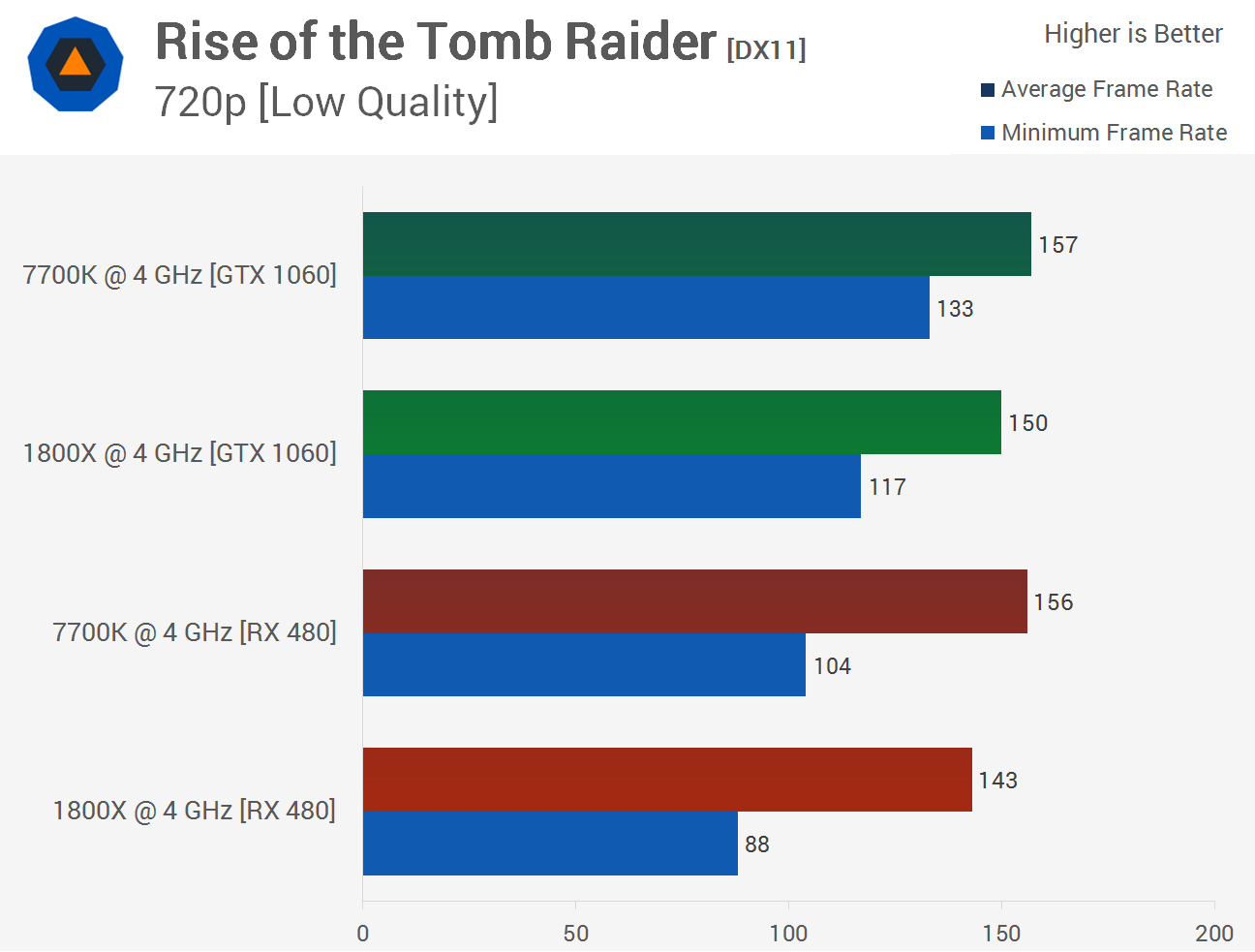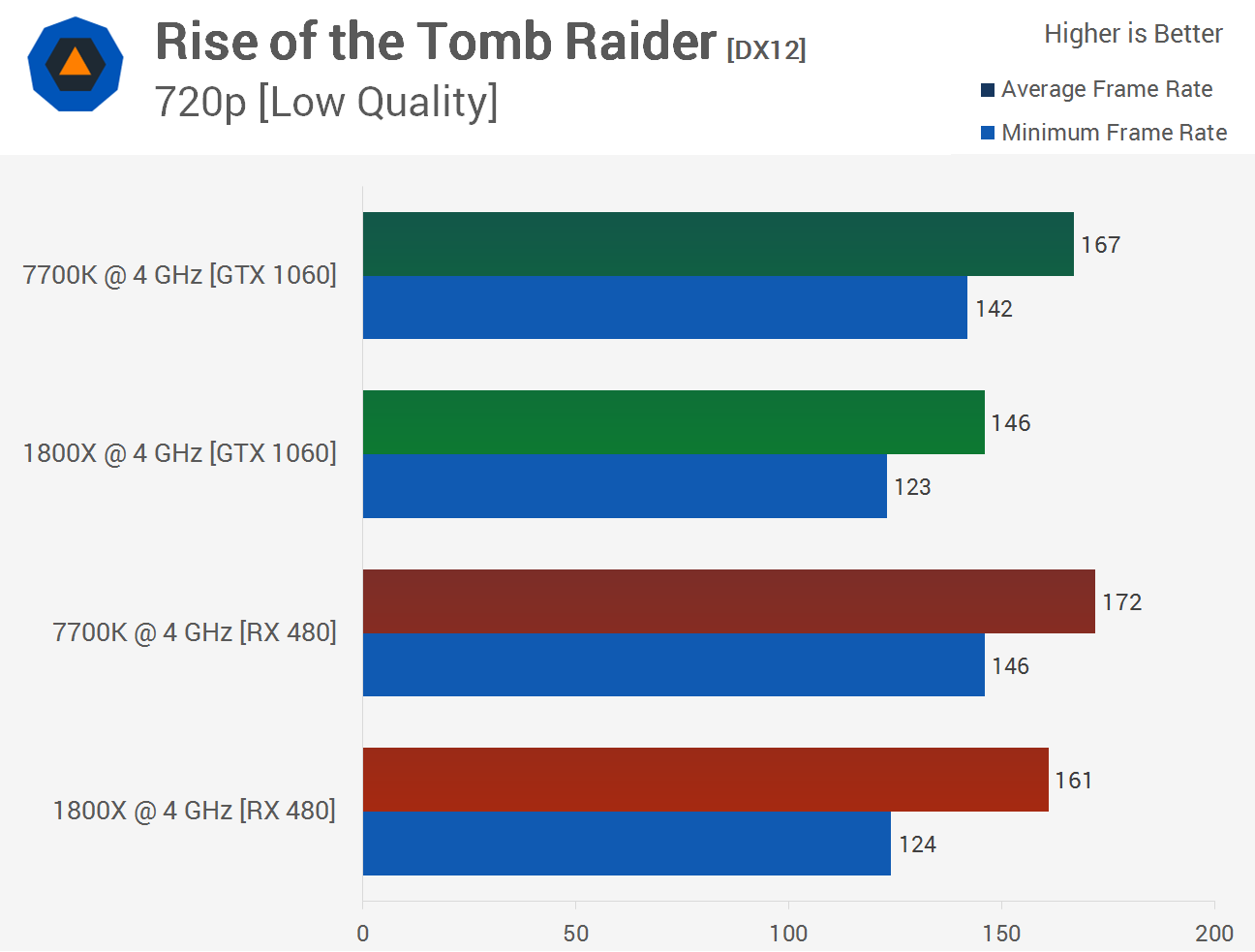So Fury X has different bottlenecks, maybe due to lacking the primitive discard accelerator? We've seen it plenty where Fury X can barely scrape past 10% faster than the 390X.
Wow what? Both those cards you just mentioned don't have a primitive discard accelerator lol, so you think only Fiji is hampered by it? Where is the logic in that? Why don't ya pick something both cards have similar units of and then go from there *sarcasm*.... Now with that, AMD drivers limit tessellation amounts so that game if it was run with high tessellation, something you will have tell us, wouldn't hurt AMD cards. So we can throw that out the window.
Concentrate on HUB's and DF's results with Titan X, where they can't get above 80fps yet my Crossfire 480's hit 90fps or HUB's 295X2 wasting the Titan X.
So if its the lack of primitive discard accelerator that caused the problem in Fiji, 295x2 which doesn't have it err ok. That gave two distinct showings that its NOT because of the lack of primitive discard accelerator. But you just didn't understand what you were saying so you said it anyways.
So now why is the 1070 and Fiji, respectively where they should be? Now we can see it can be something else right? Maybe nV's path in the game code? It could be there, see we didn't really solve or specify anything, outside something is going wrong.....
Look either ya bone up or making statements like this just doesn't fly.
A bit more comprehensive testing.
DX11 and DX12 on the 1070 have similar CPU bottlenecks in that specific game, so we can't even put this squarely on the drivers, need a lot more testing but for now nV's CPU bottleneck is noticeable on higher performance cards.
This is against Fiji, a card, Adorned, you complained that you didn't have to do proper testing, which led you to the path of using dual rx480's, undoubtedly screwed up your theories by doing so too.
So if in your, Adorned, theory, you think there is an nV driver bug right, so they fix that, they will absolutely annihilate anything AMD would have in DX12 if that..... if the 1070 is still faster around the Fiji, with 20% overhead? SO is nV leaving 20% of its performance on the table with this game? If so and its fixed, that means, in this game AMD Vega would need to get to 1080 gtx performance levels in other games to keep up with the 1070 in this game, does your theory now sound likely?
Now you see why you don't speculate based on BAD testing? Cause I just got a hyperbole outcome to what you stated! Vega will beat the pants off of Pascal where ever it may land if the bug is still there is what you stated, but looks to me they will end up around the same performance levels in this game if the bug is there according to the Fiji and 1070 benchmarks.





